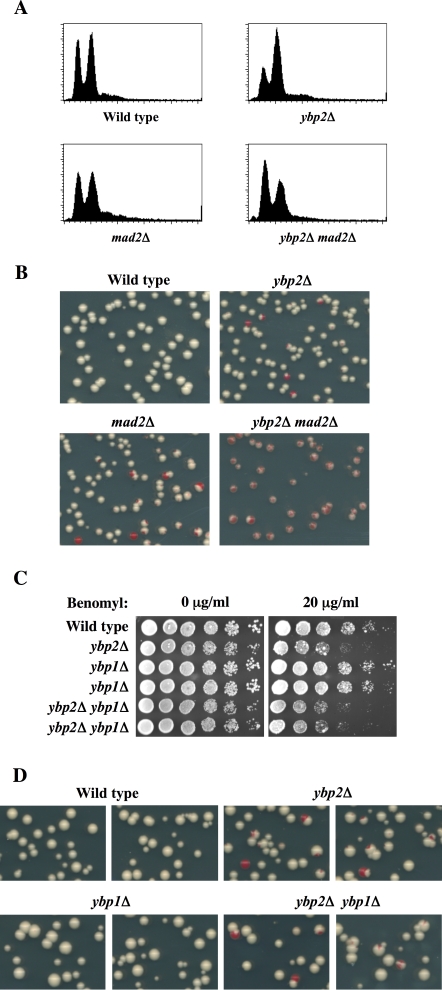Figure 2. The mitotic defect of the ybp2Δ mutant is enhanced by mad2Δ but not ybp1Δ.
(A) The G2/M delay of ybp2Δ cells depends on MAD2. Logarithmically growing cells cultured at 25°C were processed for flow cytometry. (B) The ybp2Δ strain does not display a substantial chromosome-missegregation phenotype. Chromosome fragment segregation was analyzed by a colony color assay (see Materials and Methods). Loss of nonessential chromosome fragments results in a red sector in a white colony. Isogenic yeast strains used in (A) and (B) were wild type (Y14), ybp2Δ (Y1831), mad2Δ (Y1833), and ybp2Δmad2Δ (Y1834). (C) The phenotype of the ybp1Δ mutant was not similar to that of the ybp2Δ mutant. Yeast strains were spotted in 5-fold dilutions from 5×104 cells per spot on YPD plates containing the indicated concentrations of benomyl and incubated at 30°C for 2–3 days. (D) The ybp2Δ cells showed a subtle chromosome-missegregation phenotype, but ybp1Δ cells did not. The ybp2Δybp1Δ double mutant exhibited the same subtle chromosome-missegregation phenotype, indicating that Ybp1 does not participate in the mitotic function of Ybp2. Isogenic yeast strains used in (C) and (D) were wild type (Y14), ybp2Δ (Y1831), ybp1Δ (Y1835), and ybp2Δybp1Δ (Y1836).

